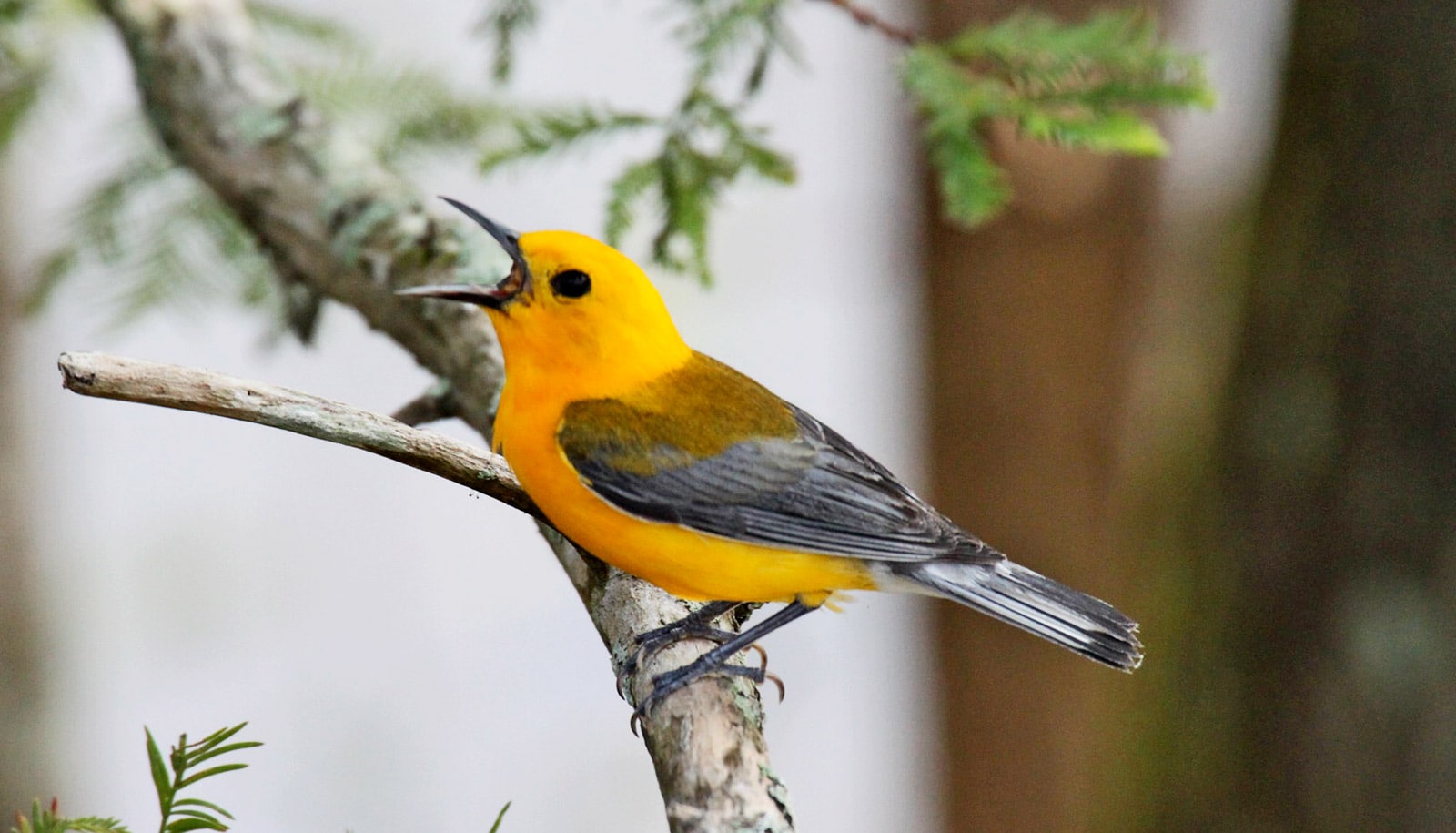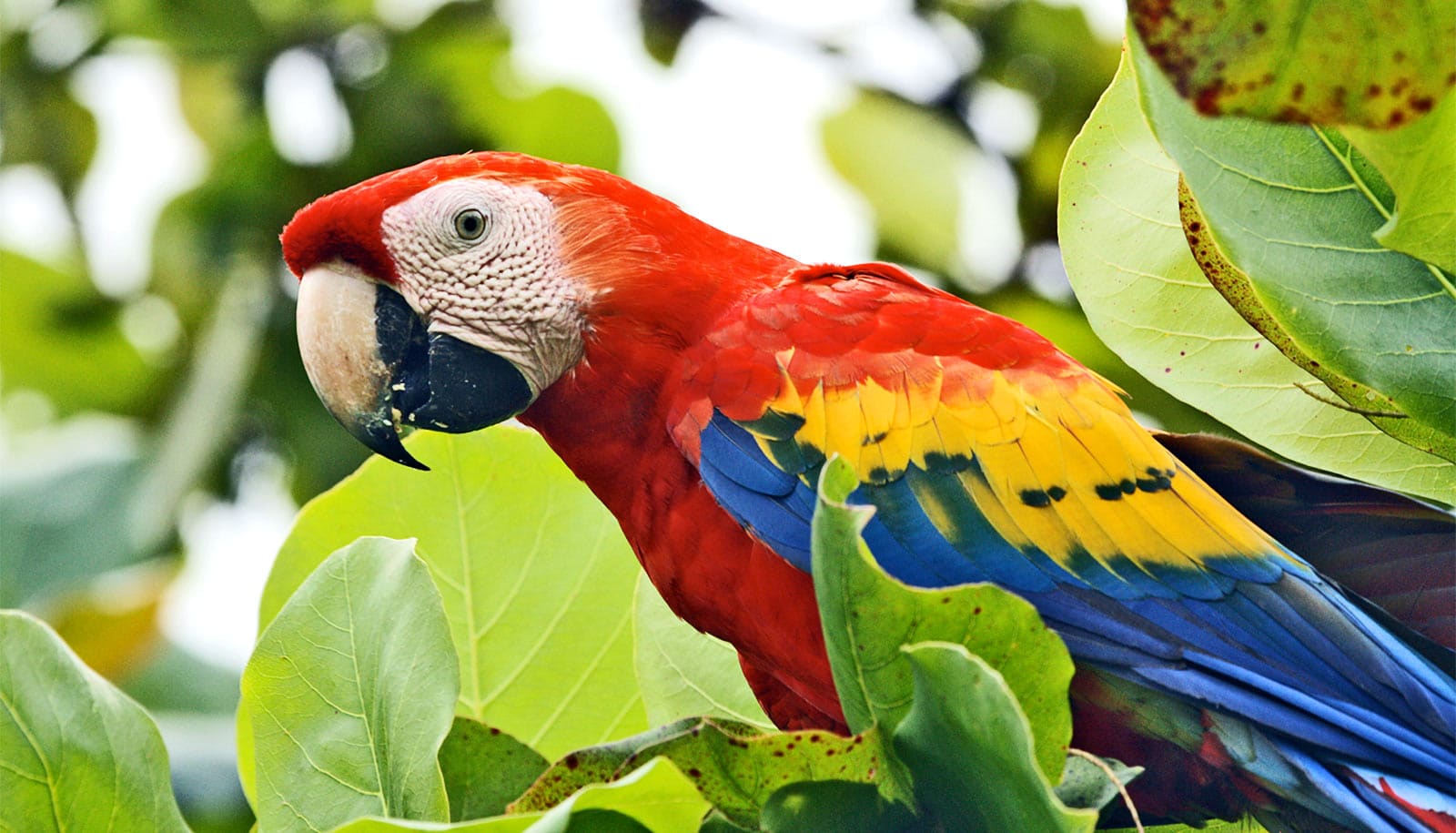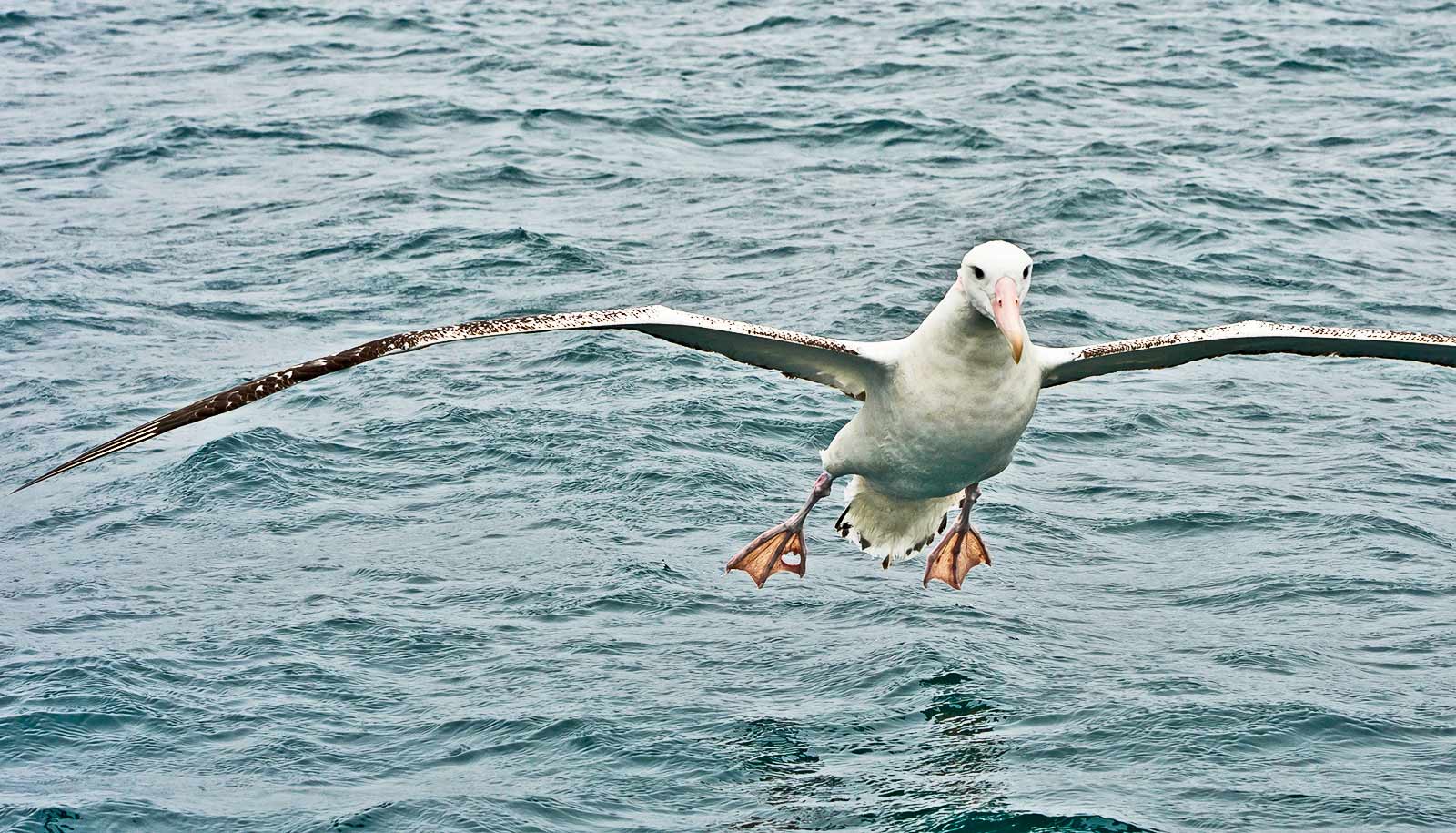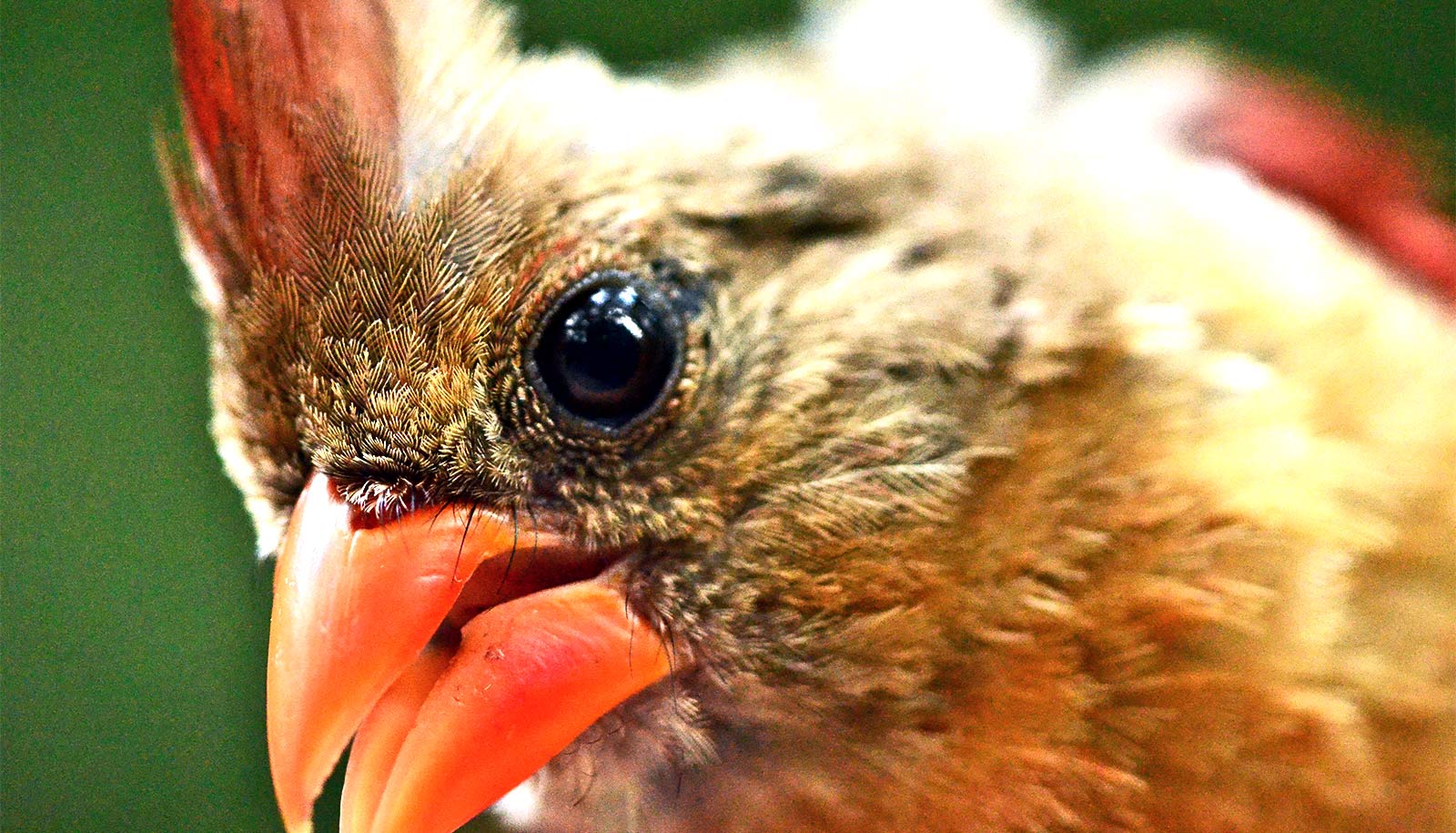An effort to map the genetic material of all birds reveals their genetic material is remarkably similar and helps explain songbirds’ beautiful voices.
The findings are a small part of the world’s largest genome-sequencing projects on animals—the B10K—in which researchers are mapping the genomes of each of the world’s 10,500 bird species.
So far, the researchers have mapped 363 genomes from 92.4% of all bird families on Earth.
In their new study in the journal Nature, the second phase out of four, they have investigated the genomic differences and similarities of birds.
“We are surprised by the similarities among avian DNA,” says professor Guojie Zhang of the University of Copenhagen’s biology department and one of B10K’s lead researchers. “Also, birds have lost numerous genes in their common ancestor since their evolution from dinosaurs during the last more than 150 million years. This is a result of their adaptation towards being able to fly.”
Genes were also lost and gained in more recent bird evolution, for example in songbirds, which are a part of the passerine bird family—an extraordinary diverse bird group with over 6,000 species.
According to the study, songbirds have lost a gene known as cornulin, which controls mechanical resilience and elasticity of the esophagus and affects their ability to sing.
The loss of this gene has permitted the esophagus to become more flexible, allowing songbirds to use the mouth and esophagus as an acoustic filter. By rapidly changing the volume of this cavity, overtones (upper harmonics) disappear and pure tones of different frequencies result.
The ability to sing with pure tones is a special feature of songbirds, according to Leopold Eckhart who is a professor at the Medical University of Vienna and a researcher on the B10K.
“Most birds communicate through sounds but songbirds are outstanding. Surprisingly, it was not the evolution of new genes but the loss of an old gene that helped songbirds to become the best singers,” he says.
Most birds, reptiles, and mammals (including humans) have retained cornulin, whereas songbirds benefited from mutations that destroyed this gene. Researchers are now using the new bird genome sequences to identify more subtle changes in other genes that also contributed to the evolution of birdsong, Eckhart explains.
It is important to note that this is just one of many examples on how the bird genomes are different from each other.
The researchers in the B10K study collected tissue samples from birds in the Danish Natural History Museum, the Smithsonian National Museum of Natural History, and Louisiana State University’s Museum of Natural Science among others.
The genomes from the tissue samples were analyzed using computer models that compare genomes to identify differences and similarities. With this method, the researchers were able to reveal hidden parts of their evolution.
“Genomes are a rich source of information that can be applied to a range of questions. We are using the data to reconstruct the evolutionary relationships among different birds and to uncover the differences and similarities in certain genes and pathways. The genomes also facilitate analyses typically done in conservation genetics that aim to preserve the viability of bird populations,” concludes Josefin Stiller, a postdoctoral researcher in the biology department and a contributor to the mapping project.
Source: University of Copenhagen



